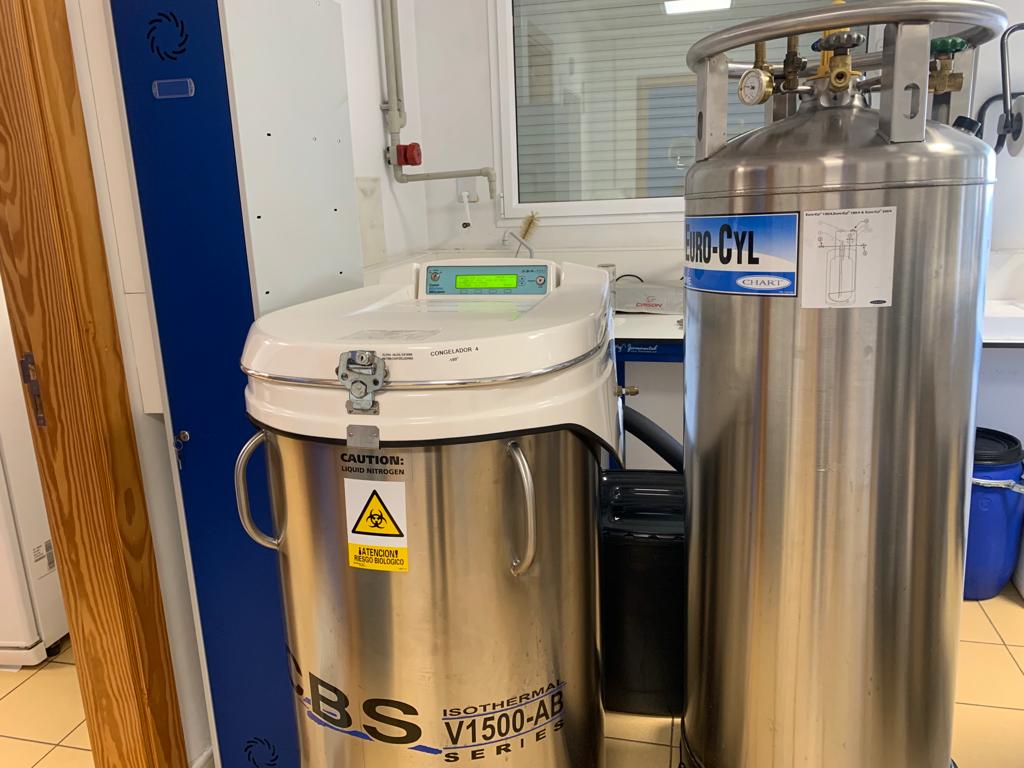Servicio
Equipo

- Cámara de flujo laminar NUAIRE Clase II tipo B2
- Estufas de CO2 NUAIRE Autoflow
- Microscopio de contraste de fase LEITZ
- Autoclave RAYPA
- Congelador a -85ºC HERAEUS
- Congelador vertical a -80º Thermo forma
- Contenedores de nitrógeno líquido
Técnicas
- Cultivo de células animales y microorganismos
- Cultivo en masa de células en suspensión o en monocapa
- Ensayos de citotoxicidad
Aplicaciones
- Screening de fármacos
- Viabilidad celular
- Producción de medios de cultivos
- Mantenimiento y almacenaje de lineas celulares
- Producción en masa de cultivos celulares y obtención de sustancias procedentes de cultivos
- Cultivos de parásitos
- Investigación en Medicina, Farmacia, Biología, Inmunología, Química, Bioquímica, etc...
- Aplicaciones industriales
Asesor/a Científico/a
Personal Técnico
Publicaciones
-
Lineas celulares disponibles
-
Año de publicación2025
Tarifas
Tarifas
TC001
Cultivo congelado
405
TC002
Cultivo en crecimiento en frasco de 25 cm2
535
TC003
Día mantenimiento cultivo en banco de células
20
TC004
Medios de cultivo (100 ml, 500 ml y 1000 ml) (sin descuento)
Bajo presupuesto
TC005
Mes de almacenaje vial en N2 líquido
8
TC006
Mes de almacenaje en contenedor (10x15x15 cm) a -80
20
TC007
Transporte (sin descuento)
Bajo presupuesto
TC008
Varios (sin descuento)
Bajo presupuesto
TC009
Hora de manipulación de cultivo
130
TC010
Recargo por línea celular nueva (sin descuento)
215
